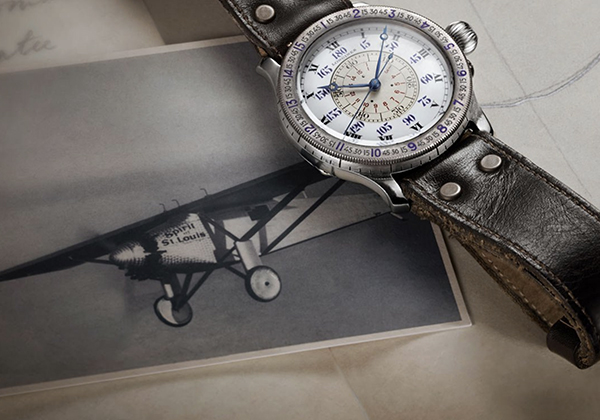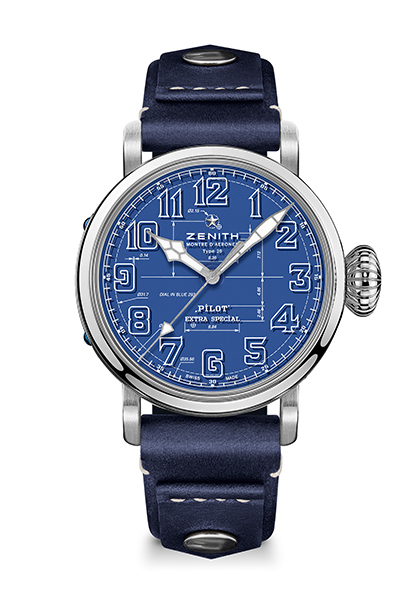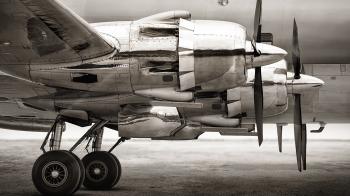To find the first pilot’s watch we have to go back – surprise, surprise – to the first powered flight. That was achieved in 1903 by brothers Orville and Wilbur Wright in the wilds of Ohio. They kept their first flight a secret, worried that someone would steal their invention. The first motorised aeroplane was rudimentary, with no cockpit and no flight instruments to speak of. In fact, the only instrument on board was a pilot’s watch – the world’s first. It was a Vacheron Constantin pocket watch, which the Wright brothers had customised with a broad leather strap, so it could be strapped around the thigh. That made sense, since the pilot of this first airship had to lie down, rather than sitting.

This prototype already featured many of the elements that would be transferred to the pilot’s watch: a big crown that could be operated while wearing gloves, generously sized hands, Arabic numerals, and an oversized dial for the best possible visibility. It also had a small seconds register whose primary purpose was not to count seconds, but mainly so that the user could tell at a glance whether the watch was functioning correctly.
The first official motorised flight was recorded in 1906. It took place in Paris, and was achieved by a certain Brazilian resident named Alberto Santos Dumont. He was a friend of Louis Cartier, from whom he commissioned a watch he could wear while flying, first in hot air balloons and dirigibles, but also on his first plane flight. Once again, the watch was the only flight instrument. And so was born the iconic Santos by Cartier, named after the aviation pioneer. This time, however, although the watch was worn by an aviator, it did not feature any of the utilitarian features mentioned above. It was an elegant dress watch – just the ticket for a Brazilian dandy.
As more great aviators followed in their footsteps, each of them developed their own association with a watchmaker, who would supply a bespoke timepiece. Louis Blériot worked with Zenith, and Charles Lindbergh with Longines, to mention just two.

With the outbreak of the two World Wars, pilots’ watches evolved into products manufactured at the request of different armed forces, with very specific requirements. Several icons were born, including the various IWC Marks, and the famous B-Uhr, developed for the Luftwaffe.
Although pilots’ watches remain highly prized today, they have mostly lost their military association, while retaining their original DNA and their more distinctive elements. With one of these icons on your wrist, you can be Tom Cruise… in your imagination.







